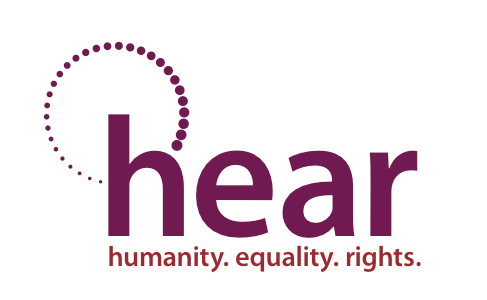There is a transcript below this poster image sent out to participants. Jump to transcript
Accessibility Go!
Transcript
"What we do have in common is a difficult mental journeys in life....during the 'Lockdown' months we were deemed as vulnerable and Suffering disproportionately from self - isolation."
"Out of frustration, we took the initiative to start an entirely postal project to 'Get Creative At Home' as some of our members were not engaging with technology or had quickly become fed up with it."
"A letter delivered to your home creates such joy!."
"We sent out 35 envelopes containing poetry and creative reads to members ...suggested a theme ...with an invitation to respond in an open and creative way, along with a stamped addressed envelope to facilitate a reply."
"A Whats App group was soon created as a supplementary medium for these creative exchanges...this creased the engagement level dramatically and helped unleash the creative self out of each of us"
About The Community Action Peer Support Group
Understanding the needs of their community, as well as digital exclusion, led Community Action to develop Hybrid Remote working and accessibility. To enable isolated people to stay connected and creative; and encourage use of technology by building confidence; and safe online spaces.
Some recommendations and good practice below:
- 'Disabled People' are seen primarily as ‘benefit claimants’ and ‘needy’ and their relationship with the system has a fundamental power imbalance;
- Traditional, top-down approaches and assumptions turn out to narrow the scope of delivery in terms of digital services or training programmes;
- Even if support was improved, the lack of trust in the system means disabled people may not engage.
Our suggestion against this context are in favor of a community-led approach as response:
- Treating people as people;
- Starting with people’s strengths;
- Empowering people to make their own choices;
- Support based on what people need, including but not limited to financial, emotional and technical support;
- Starting where trust already exists…
Local services must work well together in partnership to meet people’s needs…
Community participation, particularly among those facing complex disadvantage, should be actively facilitated throughout design & delivery;Funding & evaluation should promote collaborative, community-led support”
- Getting Creative Study by Community Action "Accessibility Go! Getting Creative at Home" case study by Chris Pavlakis from Community Action.
